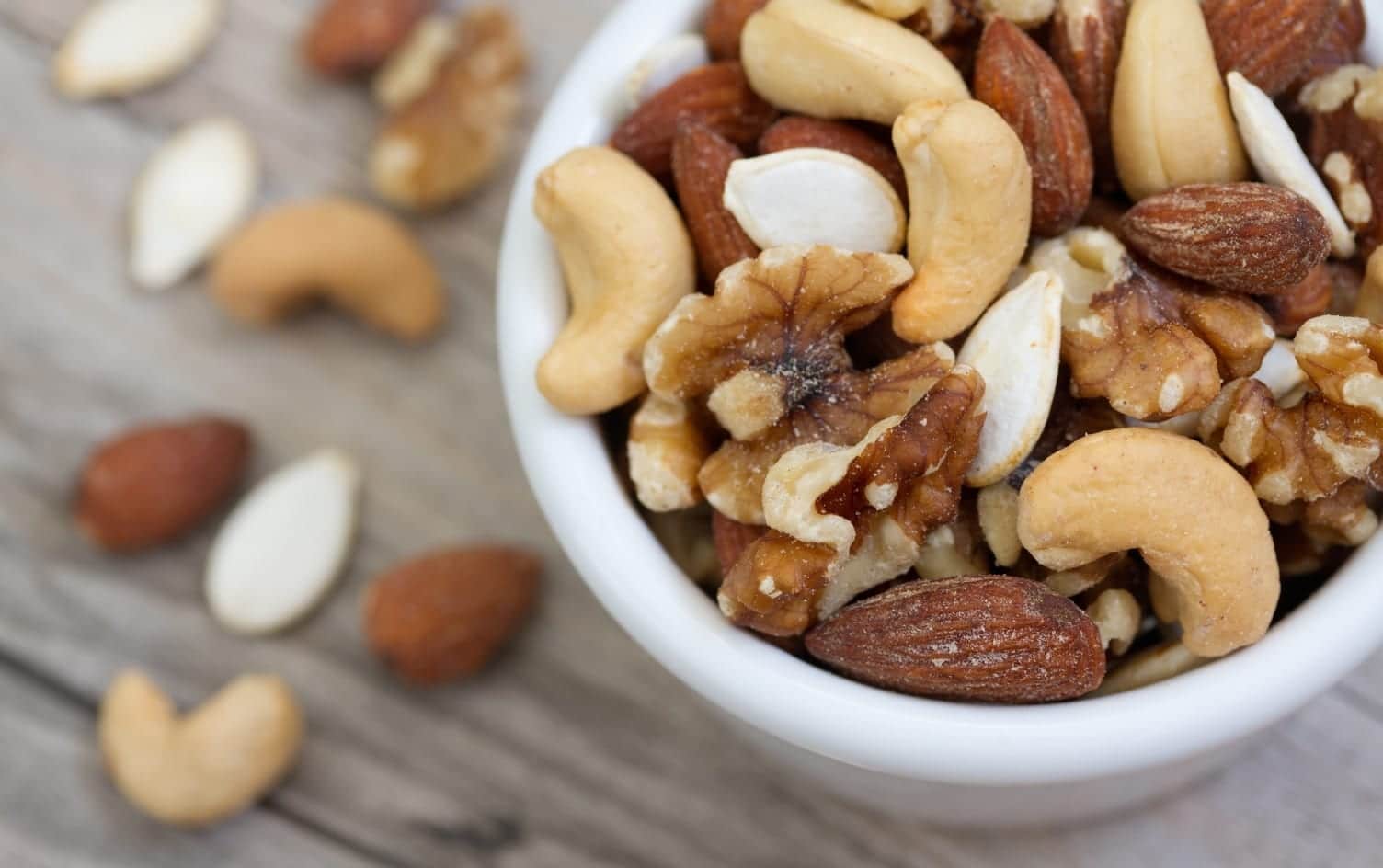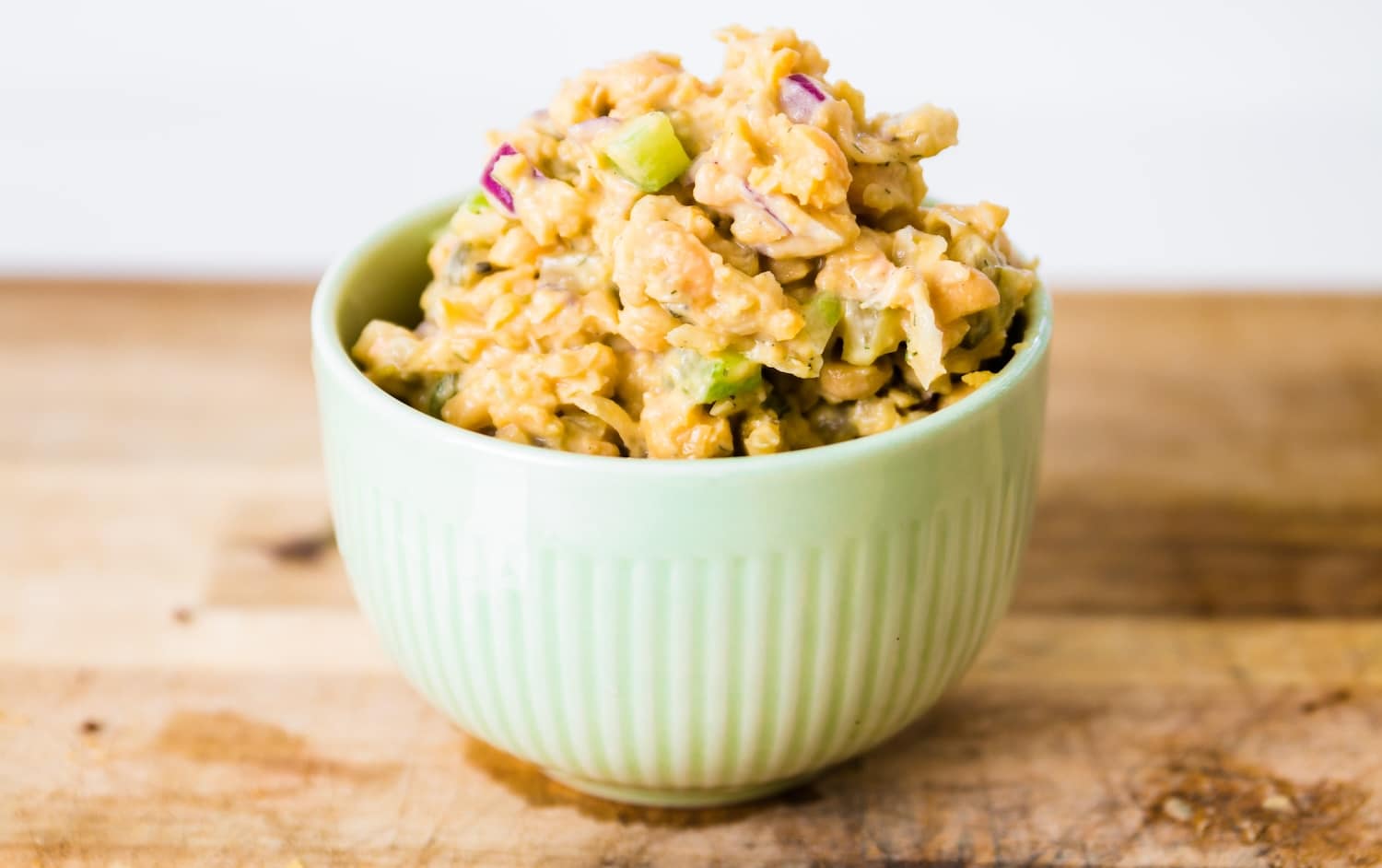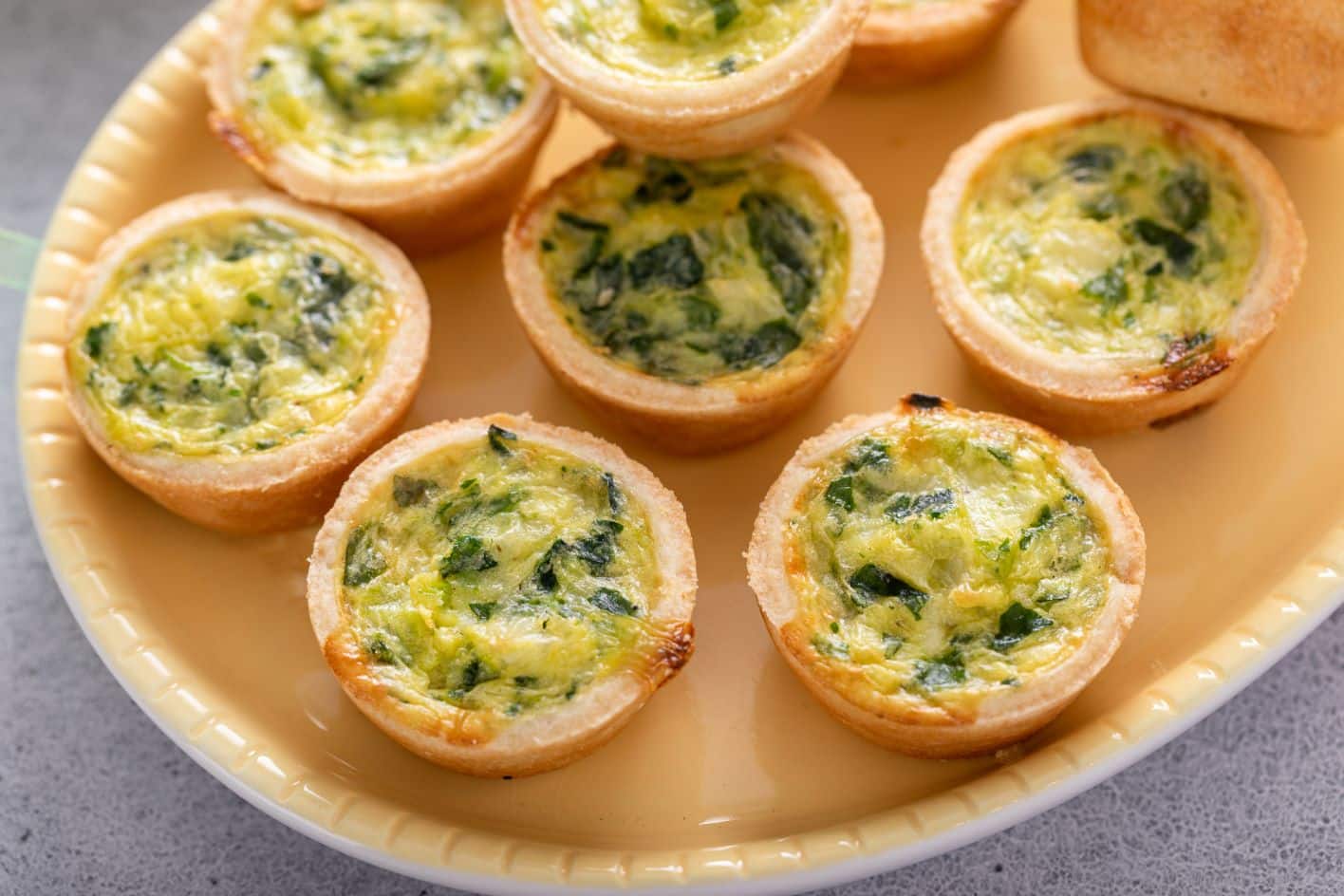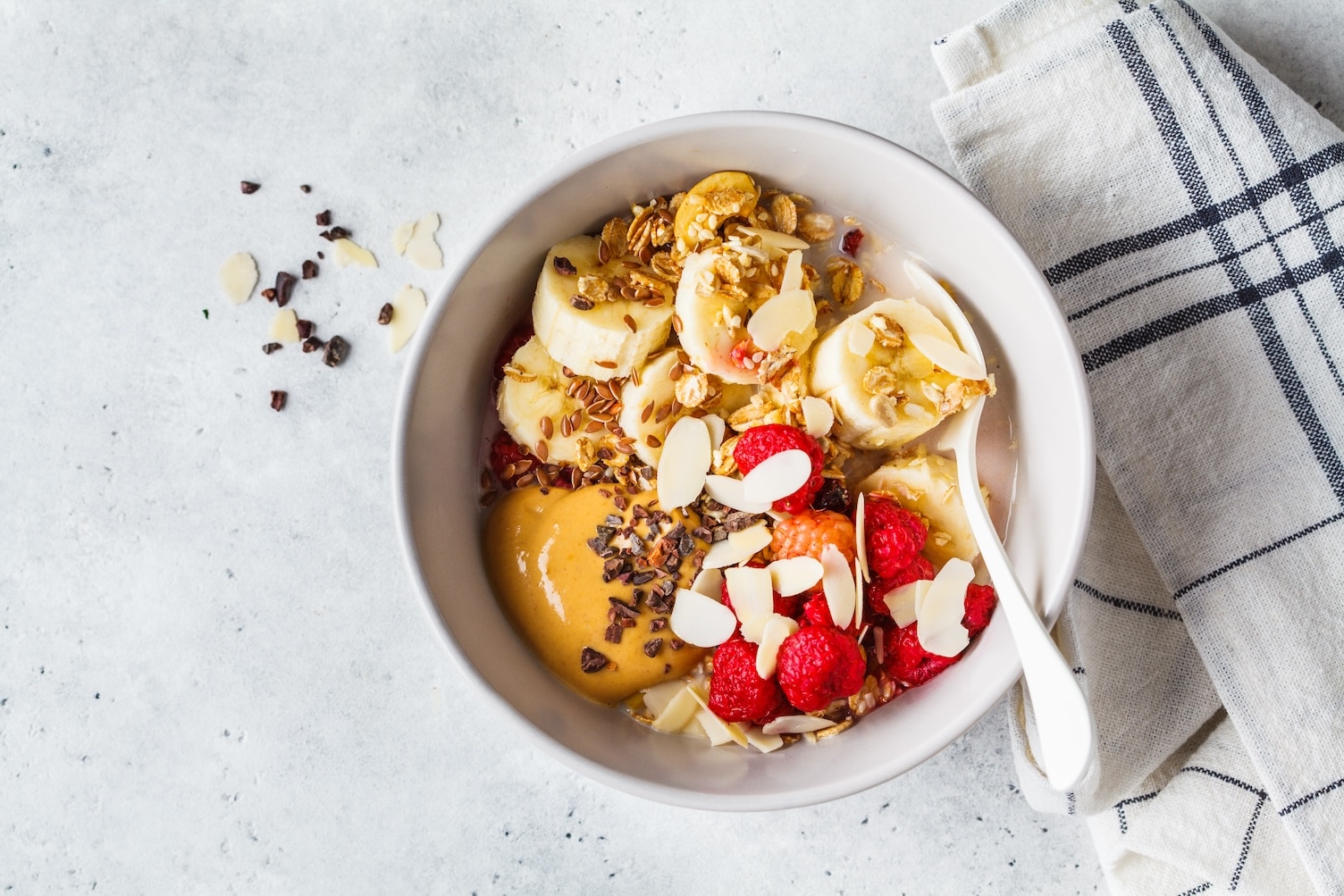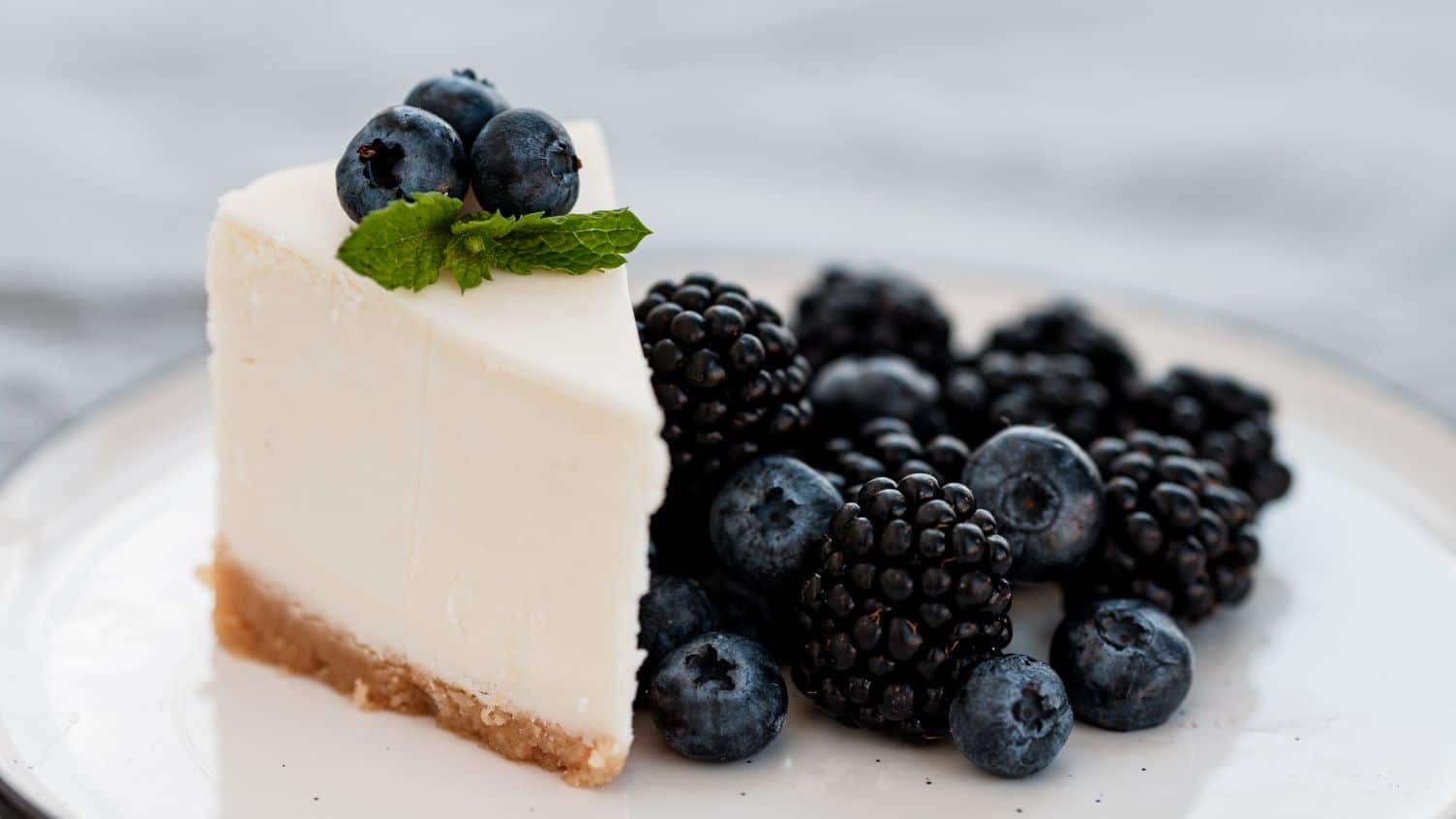Maybe you’re closer to 40 than 30. Or maybe you’re on the other side of 40. Or maybe you’re neither of those things, but for whatever reason, your knees and ankles ache after a run or a good workout. And now, you’re wondering what you can do about it. (After all, not running or working out isn’t really an option.)
Here’s something: Change, or at least examine, your diet. Joint pain is often a symptom of chronic inflammation, which can be exacerbated by eating certain foods. Conversely, it can also be alleviated by eating certain foods — or, more specifically, the vitamins and minerals in those foods. The idea is this: Different compounds in the body cause inflammation (which exacerbates joint pain) and some reduce inflammation (sometimes by inhibiting the production of inflammatory compounds).
Basically, you want to eat foods that help produce eicosanoids in the body, as those inhibit inflammatory proteins. Omega-3 fats are one of the best options. In addition, vitamin C can help strengthen the cartilage (and reduce joint pain), while antioxidants can also play a role in alleviating joint pain.
Eating a well-balanced, colorful, plant-forward diet that’s not over-reliant on processed foods or added sugar isn’t just good for your overall health, it can have a specific effect on inflammation in the body and help you avoid relying on supplements. “The biggest myth is [that you] just take megadoses of vitamins,” Antinoro says. “What we’ve learned is the synergy of the foods [matters], rather than just the vitamins. Think about food rather than singling out one vitamin.”
Got all that? Good. Now, here are a few specific foods to seek out:
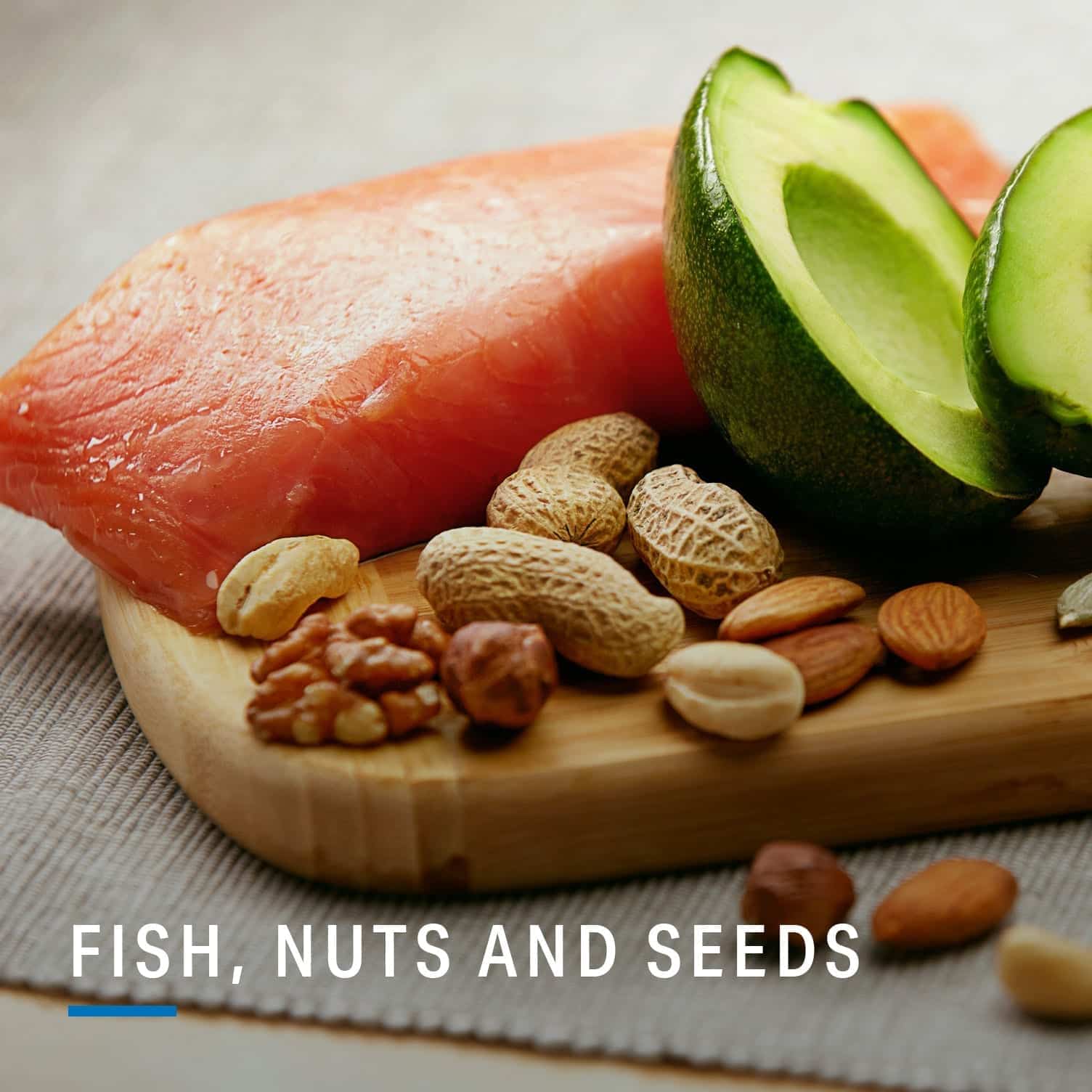
“Most of us don’t eat enough fatty fish,” says Saskia Kleinert, nutritional consultant and director of the Emoryville Health & Wellness Center in Northern California. “If we were to eat about 3 ounces of a fatty fish five times a week, we would have a different ratio [of good fats to bad fats], according to studies. But hardly anybody eats that much fish, and that’s partially due to the fact that fish isn’t shelf-stable, or you eat frozen fish, which is rubbery.” Fish oil can help provide the necessary good fats to fight joint pain.
Again, the goal is to get omega-3’s, and chia seeds, walnuts and flaxseeds are decent, albeit calorie-dense, sources. Just note: The omega-3’s in nuts and seeds aren’t as easily absorbed as those in fish. “The problem is omega-3 isn’t as bioavailable in nuts and seeds, it needs to be converted [by the body],” Kleinert says.
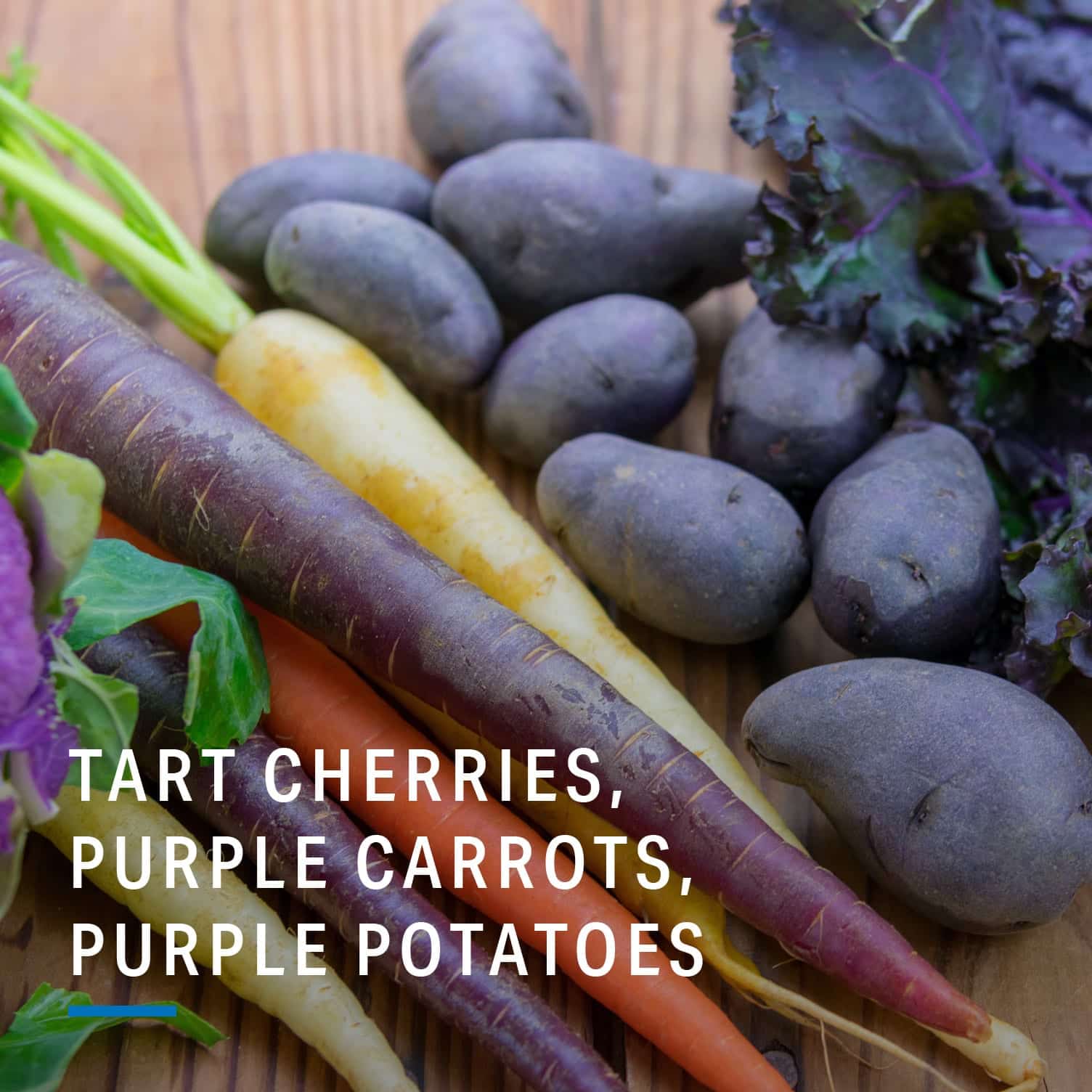
“Tart cherries contain a powerful anti-inflammatory component called anthocyanin,” says Kylene Bogden, RDN, a sports nutritionist who has worked with NBA players. “Anthocyanin is responsible for giving cherries their deep red color, and it is also believed to be the main reason tart cherries are so helpful when it comes to joint and muscle recovery post workout.”
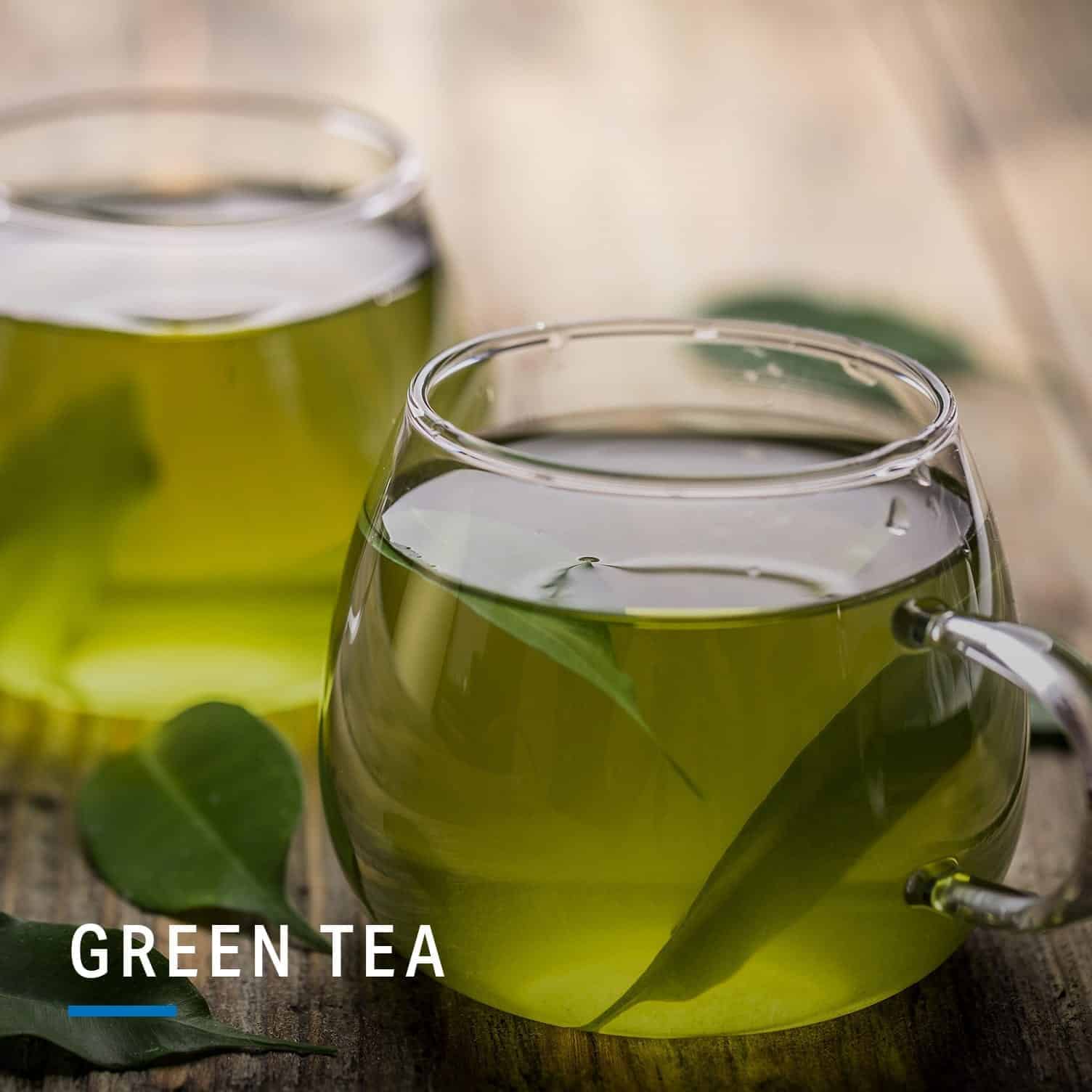
Green tea has “antioxidants (polyphenols) known to reduce inflammation and slow cartilage deterioration,” Bogden says, “and has been associated with the ability to decrease joint pain in individuals with rheumatoid arthritis. This is believed to be a result of an additional antioxidant known as epigallocatechin-3-gallate which hinders the production of molecules that cause joint pain.” Not all antioxidants are created equally, of course, but there appears to be some connection between foods that have them and lower inflammation.
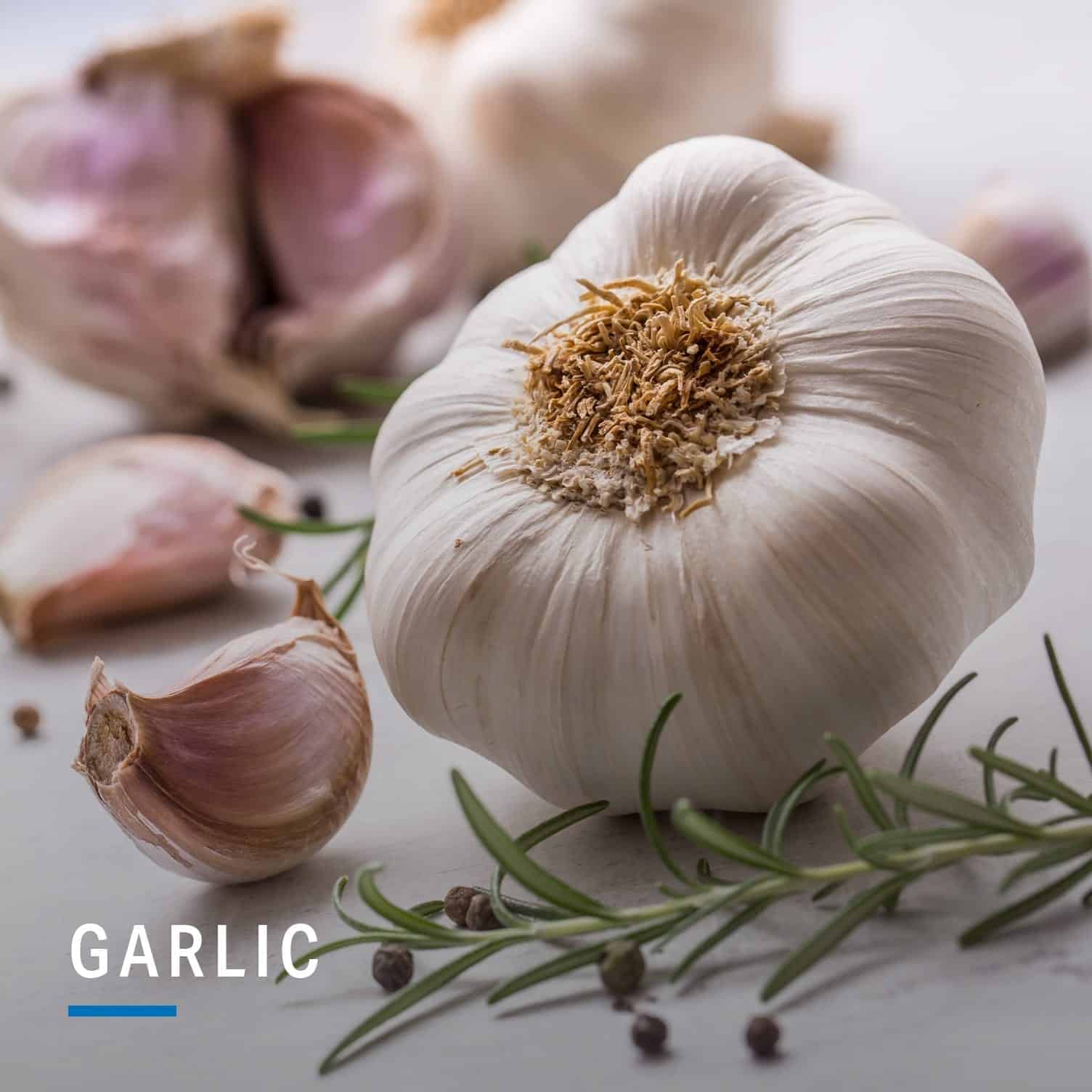
“Worth the bad breath,” Bogden says. “It contains a compound called diallyl disulfide which is known for reducing cartilage-damaging enzymes.” As a bonus, similar to olive oil, it can also help lower your blood pressure, which can also reduce inflammation.
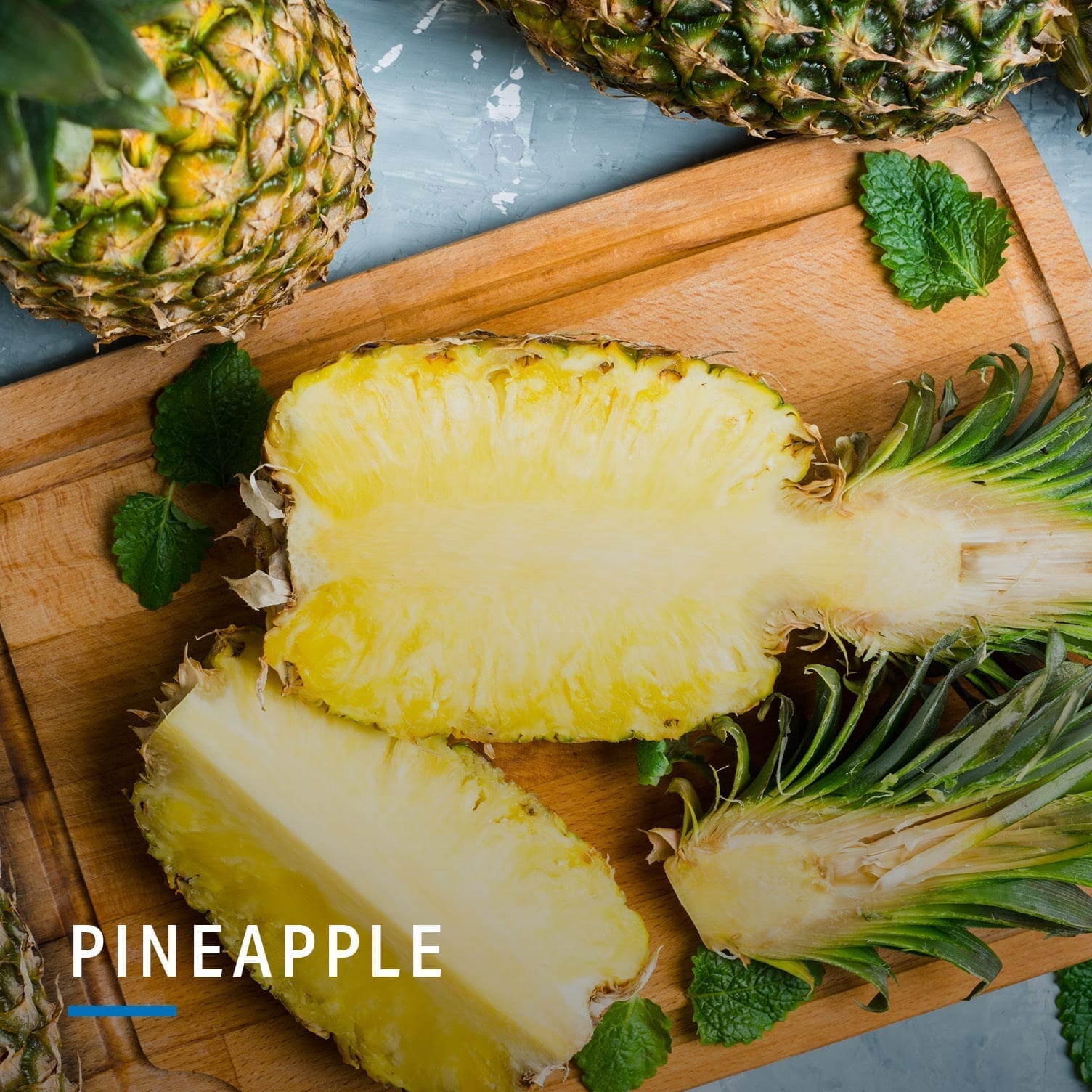
Pineapples and pineapple juice have bromelain, which Bogden calls “a magical anti-inflammatory enzyme.” Again, this helps reduce joint swelling. (You can find it as a dietary supplement, but more on that below.)
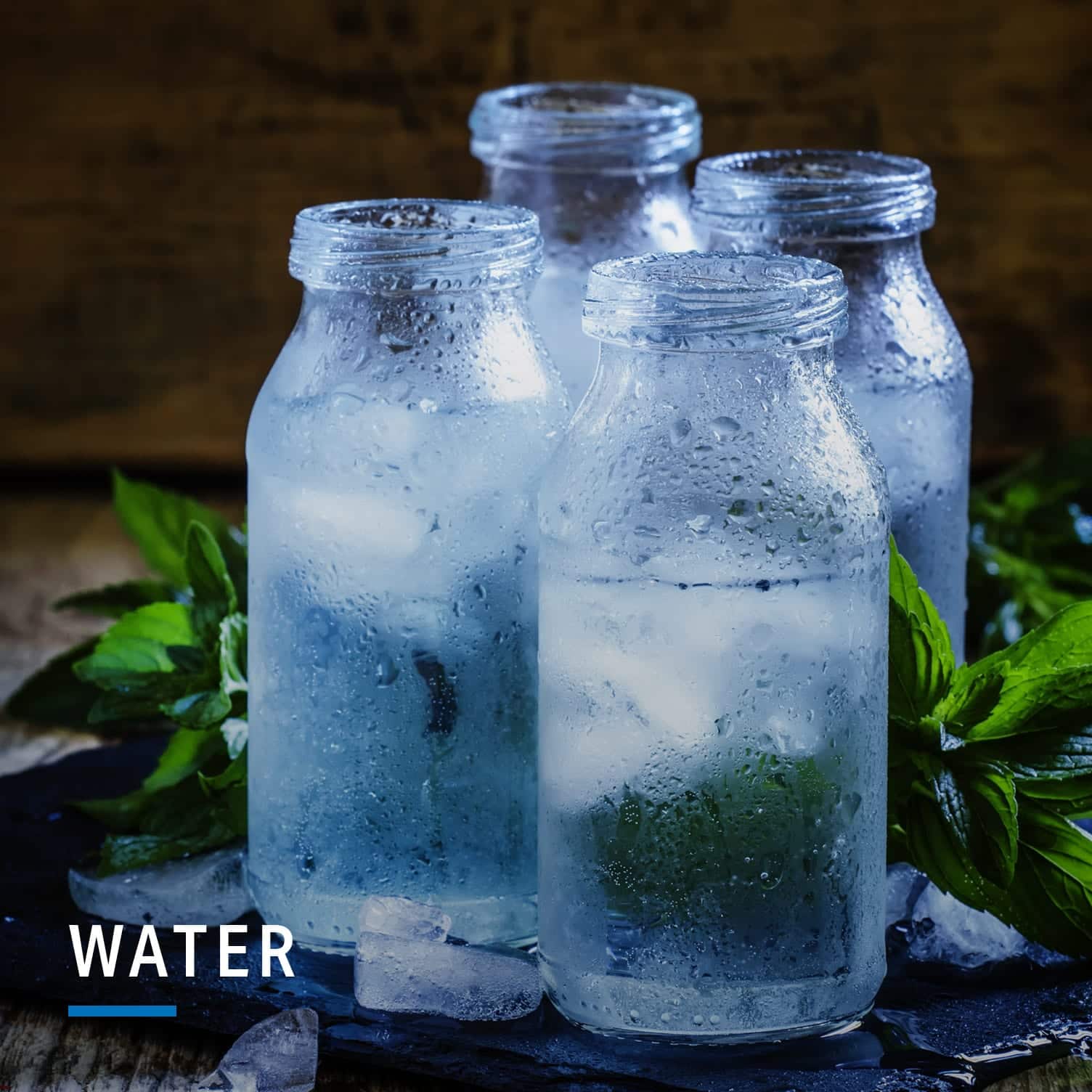
Staying hydrated is important. “It moisturizes and gives structural support to the joints,” says Linda Antinoro, registered dietitian with Brigham and Women’s Hospital at Harvard University. “Regular old water. People don’t always remember that part.”
THE BOTTOM LINE
Every body is different, of course, but our experts suggested thinking of the body as having a bucket of inflammatories. For some people, that bucket is more full than it is for others. Dairy and/or gluten might cause that bucket to overflow, leading to joint pain. For others, it won’t have that effect. (Indeed, it can change over time for the same person.) This is where tracking your diet and consulting with a nutritionist or dietitian is necessary.
As Antinoro notes, “there is no magic panacea that we can offer.” The same things that are part of a healthy lifestyle — staying active, staying hydrated, managing your weight and eating a nutrient-rich diet low in processed food — helps reduce pain in the body.
